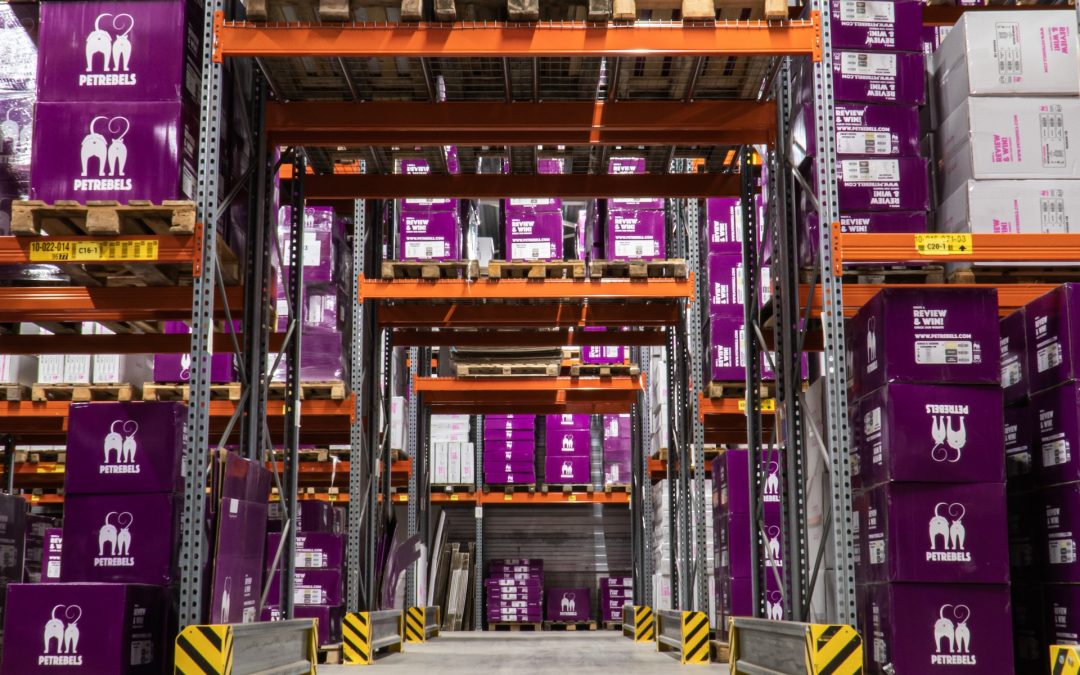Successful indirect material purchasing is essential for optimizing operational efficiency, reducing costs, and supporting the overall production process. To achieve success in this area, consider the following key factors:
1. Supplier Selection and Relationship Management:
- Choose reliable suppliers who can consistently provide high-quality indirect materials.
- Establish strong, collaborative relationships with your suppliers. Open communication is crucial.
- Evaluate supplier performance regularly and provide feedback for improvement.
2. Demand Forecasting and Inventory Optimization:
- Accurately forecast demand for indirect materials to prevent overstocking or stockouts.
- Implement inventory optimization techniques such as setting minimum and maximum stock levels.
- Utilize just-in-time (JIT) or Kanban systems to maintain lean inventory.
3. Procurement Process Efficiency:
- Streamline your procurement processes to reduce delays and inefficiencies.
- Consider implementing procurement automation software or an ERP system to improve order processing and tracking.
- Use standardized purchase orders (POs) to maintain consistency and clarity in your orders.
4. Cost Control and Negotiation:
- Negotiate favorable terms with suppliers, including pricing, payment terms, and delivery schedules.
- Continuously monitor costs and seek opportunities to reduce expenses through competitive bidding, cost analysis, and negotiation.
- Consider group purchasing or consortiums to achieve cost savings through collective bargaining power.
5. Quality Assurance and Compliance:
- Implement stringent quality control measures to ensure that indirect materials meet your required standards.
- Stay updated on import/export regulations, tariffs, and customs requirements to avoid compliance issues.
- Maintain accurate and complete documentation to facilitate smooth transactions.
6. Technology and Analytics:
- Leverage technology for data analytics and reporting to gain insights into your indirect material procurement processes.
- Use analytics to identify cost-saving opportunities, track supplier performance, and optimize inventory levels.
- Explore e-procurement solutions and digital platforms to enhance efficiency.
7. Risk Management:
- Develop a risk management strategy to address potential disruptions in the supply chain, such as geopolitical issues, natural disasters, or supplier instability.
- Diversify your supplier base to reduce dependence on a single source.
8. Continuous Improvement:
- Foster a culture of continuous improvement within your procurement team.
- Regularly review and analyze your procurement processes and supplier performance.
- Seek feedback from end-users and other stakeholders to identify areas for enhancement.
9. Training and Skill Development:
- Invest in training and skill development for your procurement team to keep them updated on best practices and industry trends.
Encourage professional development and certifications in procurement and supply chain management.
By focusing on these key factors, organizations can enhance their indirect material purchasing processes, reduce costs, and better support their operational needs. Flexibility and adaptability are also important, as the procurement landscape is subject to change over time.

